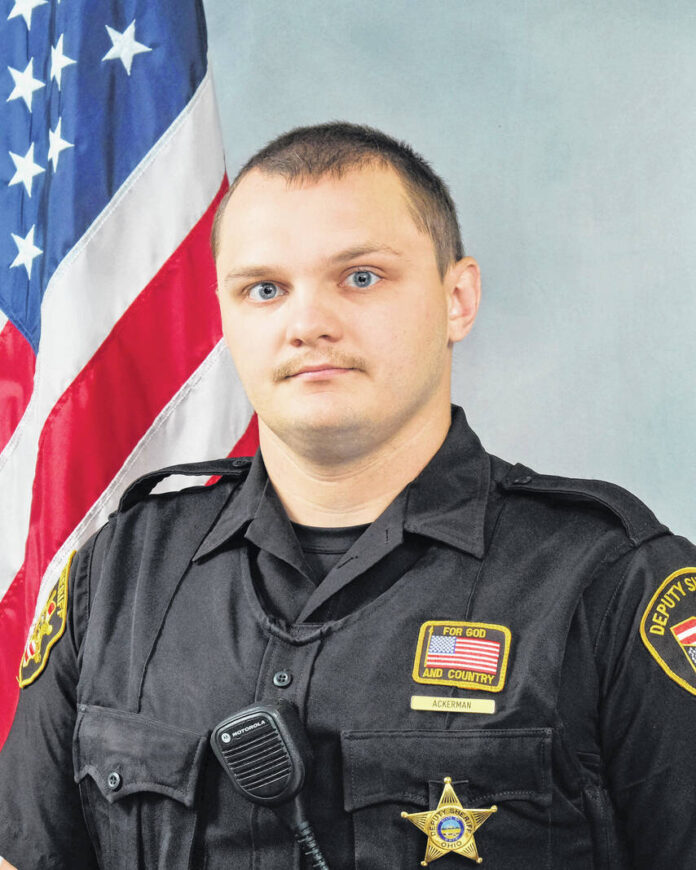LIMA — A special grand jury session on Friday determined that Allen County Sheriff’s Deputy Izak Ackerman was justified in the fatal shooting of Quincy Pritchett, who was shot and killed in June after fleeing a traffic stop.
Ackerman was also struck in the face by a bullet during the incident and was later hospitalized.
The special grand jury session follows a 10-week investigation by the Ohio Bureau of Criminal Investigation.
A special prosecutor, Defiance County Prosecutor Maurice Murray, was appointed this week to present the case to the grand jury—a common practice when law enforcement agencies are accused of misconduct or excessive use of force.
The grand jury’s decision means Ackerman will not be indicted, although he has not yet returned to work with the Sheriff’s Office as of Friday.
A preliminary investigation conducted by the sheriff’s office appeared to show that Pritchett and Ackerman exchanged gunfire, according to a statement from the sheriff’s office hours after the shooting.
Ackerman was placed on medical leave in June due to his injuries following the incident.
The department requested BCI take over the investigation, the results of which have not yet been made public.
The sheriff’s office is conducting a mandatory internal review of the incident as well.
Still, Pritchett’s family have questioned the events that led to his death, suggesting that the incident sounds out of character for Pritchett, 43, a single father who was acting as his grandmother’s caretaker at the time. The NAACP has also called on the sheriff’s office to start using body worn cameras after the shooting.
The sheriff’s office released cruiser camera video of the brief traffic pursuit that culminated in Pritchett’s death, but the shooting itself occurred just outside of view of Ackerman’s cruiser camera.
“We are not prepared to accept the conclusion of the investigation because we have not read it,” said Ron Fails, president of the NAACP Lima chapter. “So until we can examine the evidence that led them to this decision, we cannot accept or reject.”







